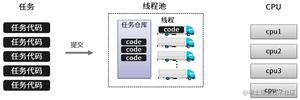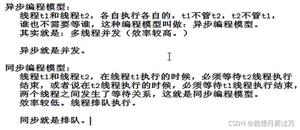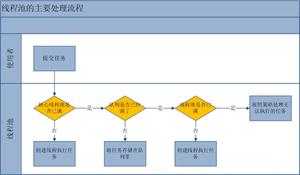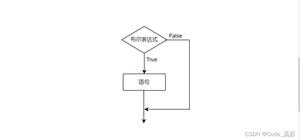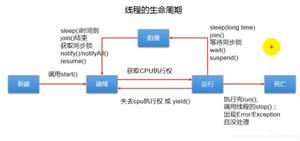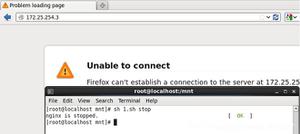java线程池的使用

一、在java中使用线程池的情况:
1、任务执行时间比较长的时候,前台只需要在执行就可以,不需阻塞等待结果
2、出现高并发的情况,如果没有线程池的管理,会撑爆内存,需要任务排队执行任务
二、线程池的使用:
1、新城池的分类大类有四种,单例,可变,定长,缓存
2、常用的情况就是热内比较多,而且任务的执行时间比较长的情况,需要排队执行任务,并且核心线程数量一定,排队线程不做限制
import org.springframework.beans.factory.annotation.Value;import java.util.concurrent.ExecutorService;
import java.util.concurrent.LinkedBlockingQueue;
import java.util.concurrent.ThreadPoolExecutor;
import java.util.concurrent.TimeUnit;
public class ThreadPoolManage {
@Value("corePoolSize")
private static int corePoolSize; //核心线程池数量(运行的最少线程)
@Value("maxPoolSize")
private static int maxPoolSize; //最大线程池数量(运行的最大线程)和队列容量无关
private ThreadPoolManage (){}
//单例线程池
private static final ExecutorService fixedThreadPool = new ThreadPoolExecutor(
corePoolSize,
maxPoolSize,
0L,
TimeUnit.MILLISECONDS,
new LinkedBlockingQueue() //新建一个阻塞队列,任务入队等待
);
public static ExecutorService getFixedThreadPool() {
return fixedThreadPool;
}
}
三、线程池的使用:
ExecutorService fixedThreadPool = ThreadPoolManager.getFiedThreadPool();fixedThreadPool.execute(
new ReportTask(reportTaskParam,collectionLogService,collectionInfoService,
verifyService,odsInboundService));//自定义的实现Runnable接口的任务类
以上是 java线程池的使用 的全部内容, 来源链接: utcz.com/z/394174.html

